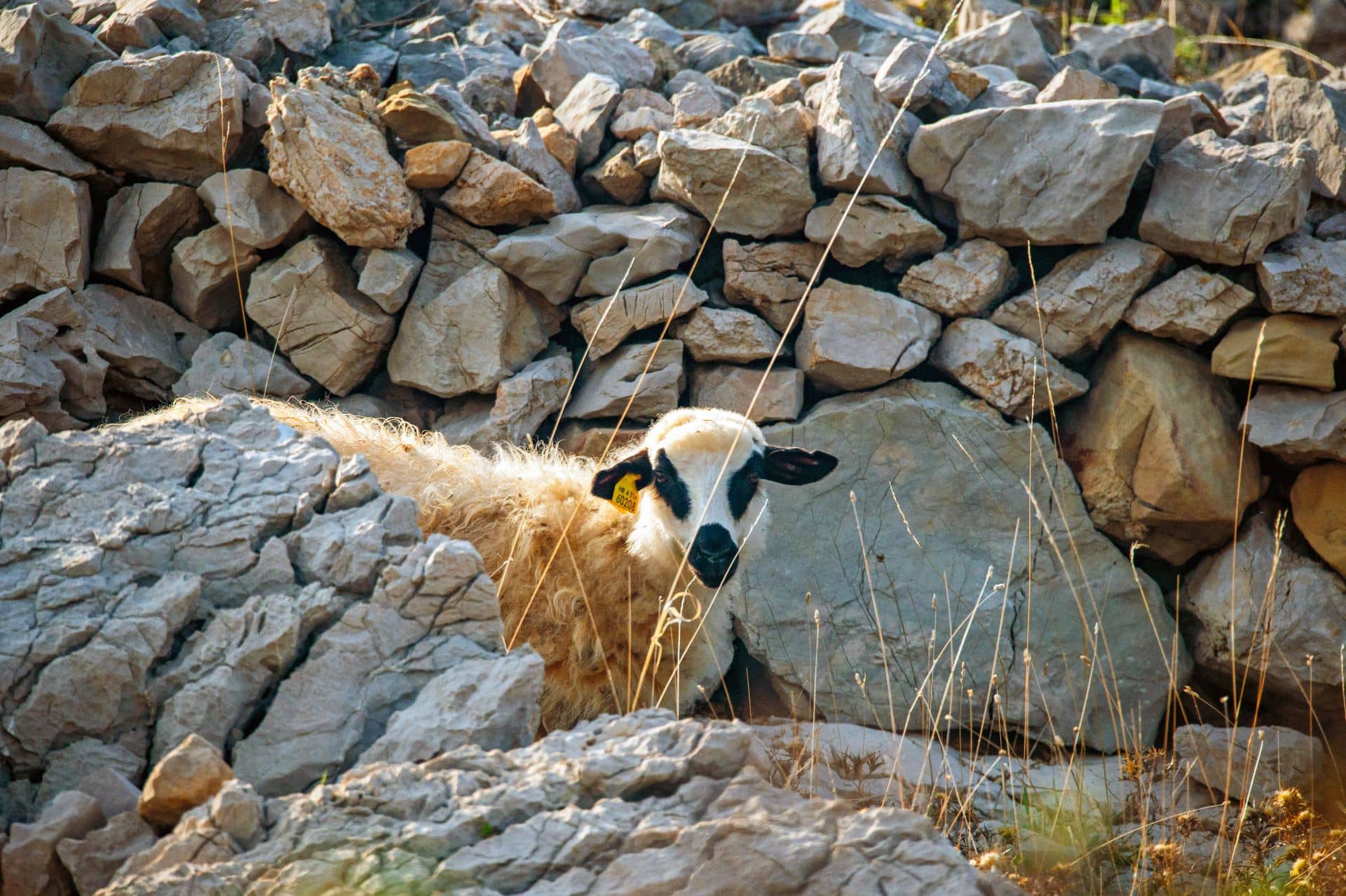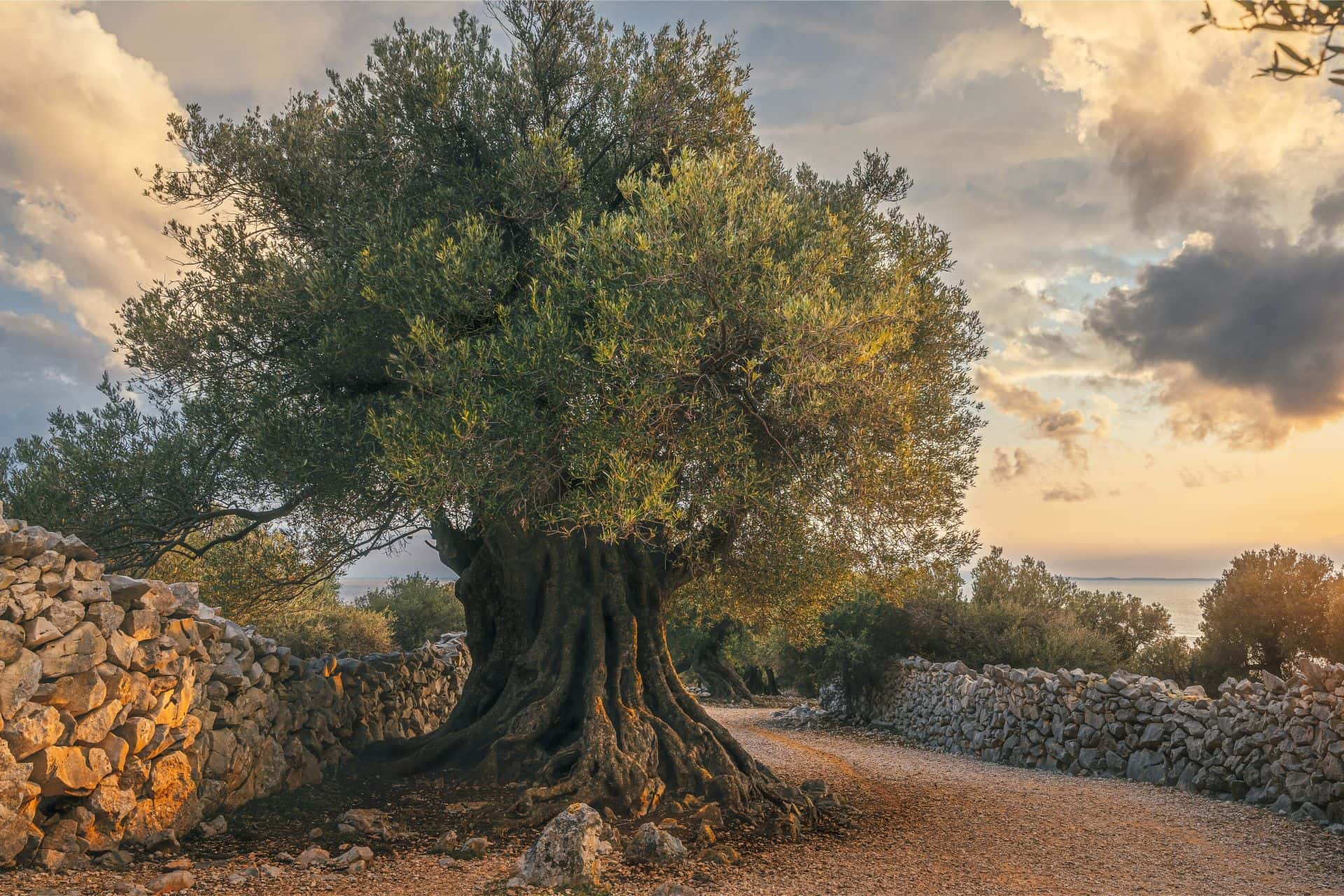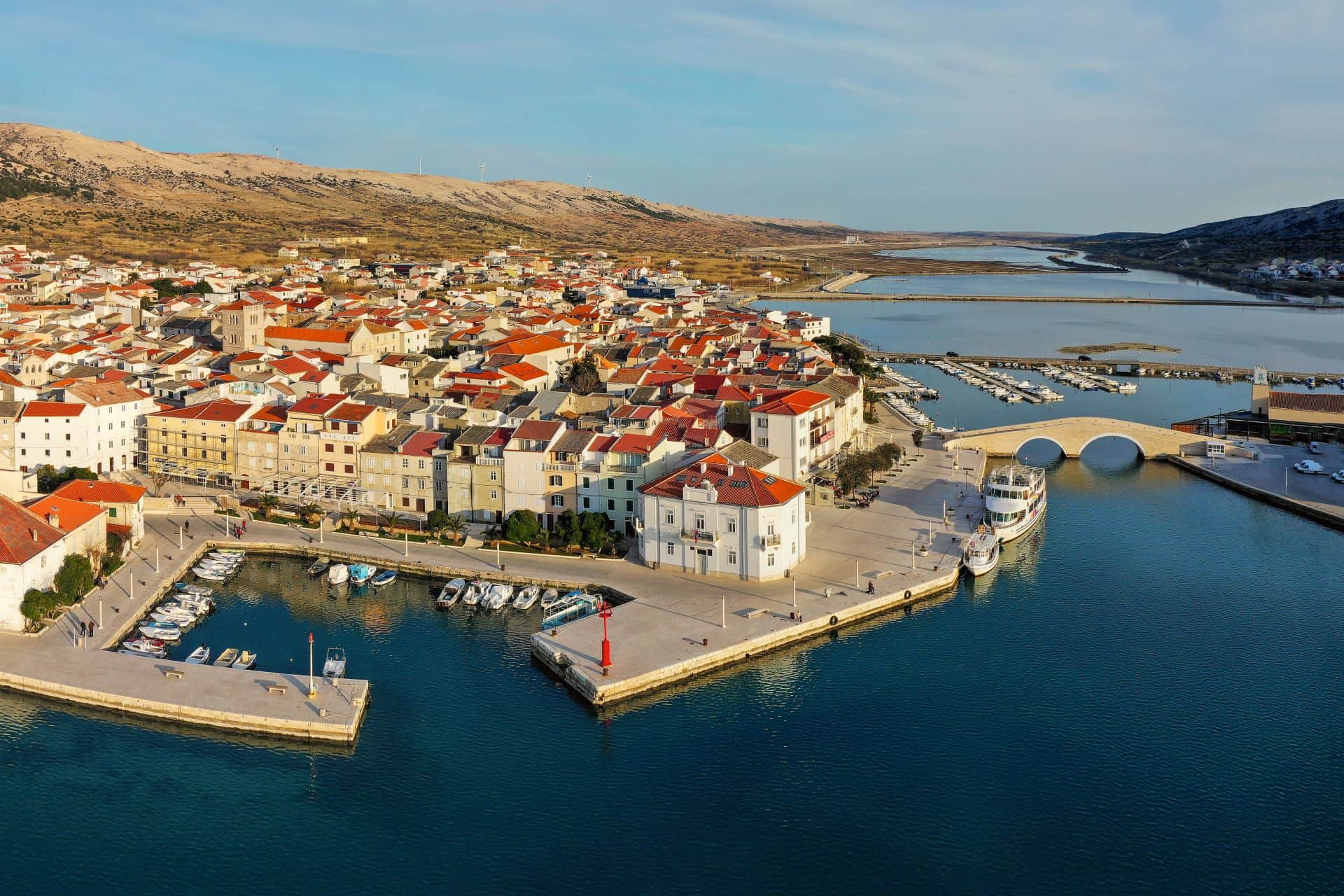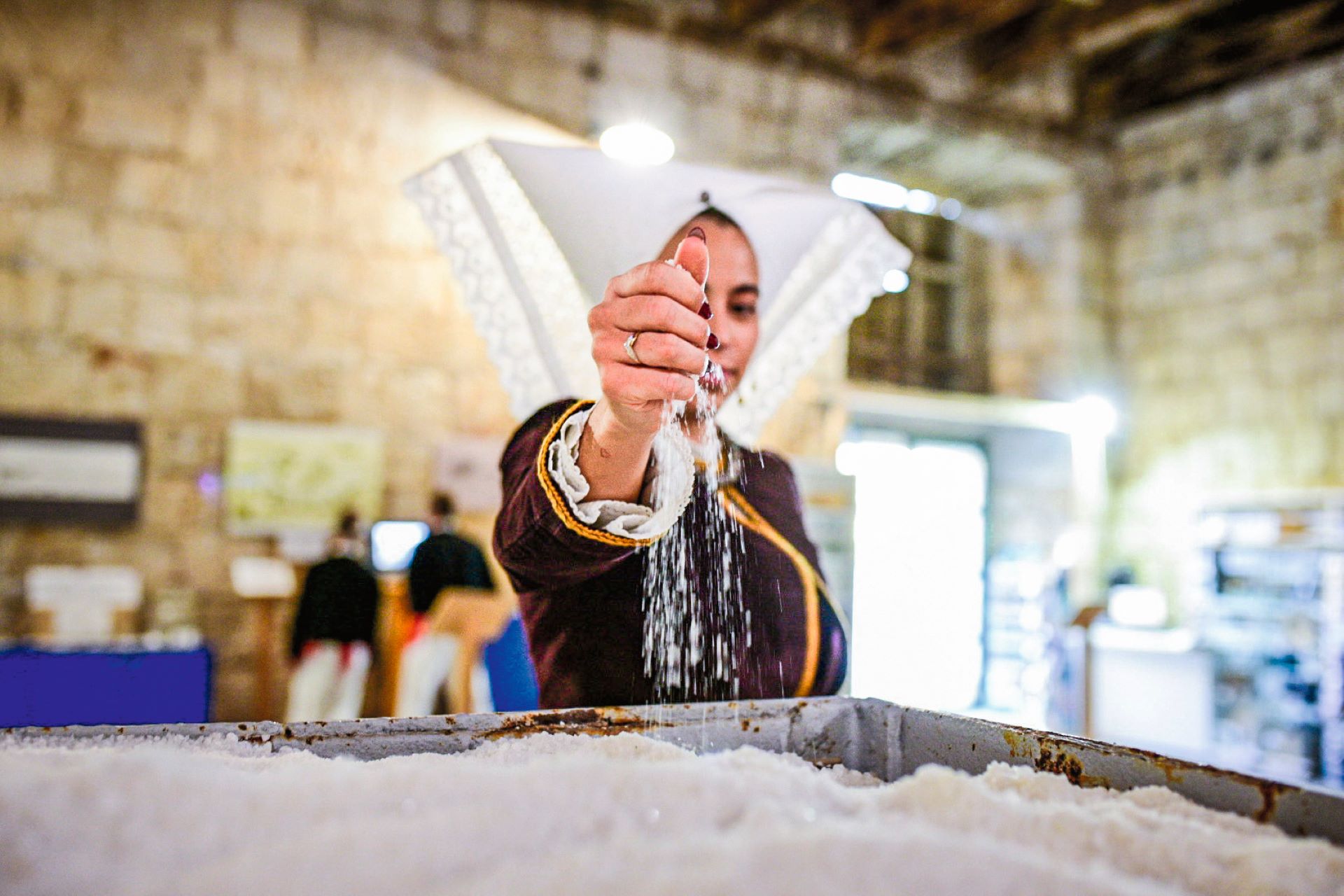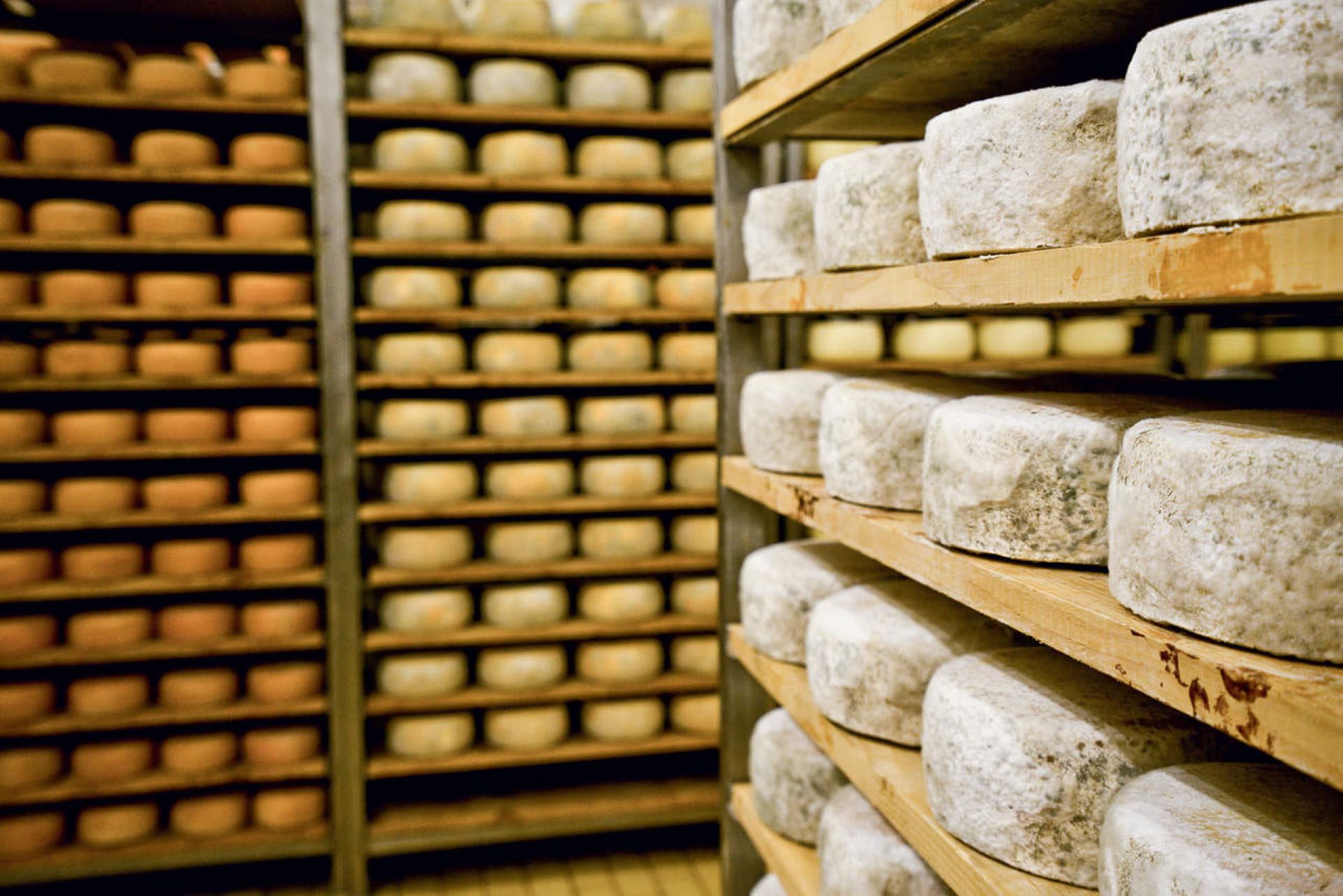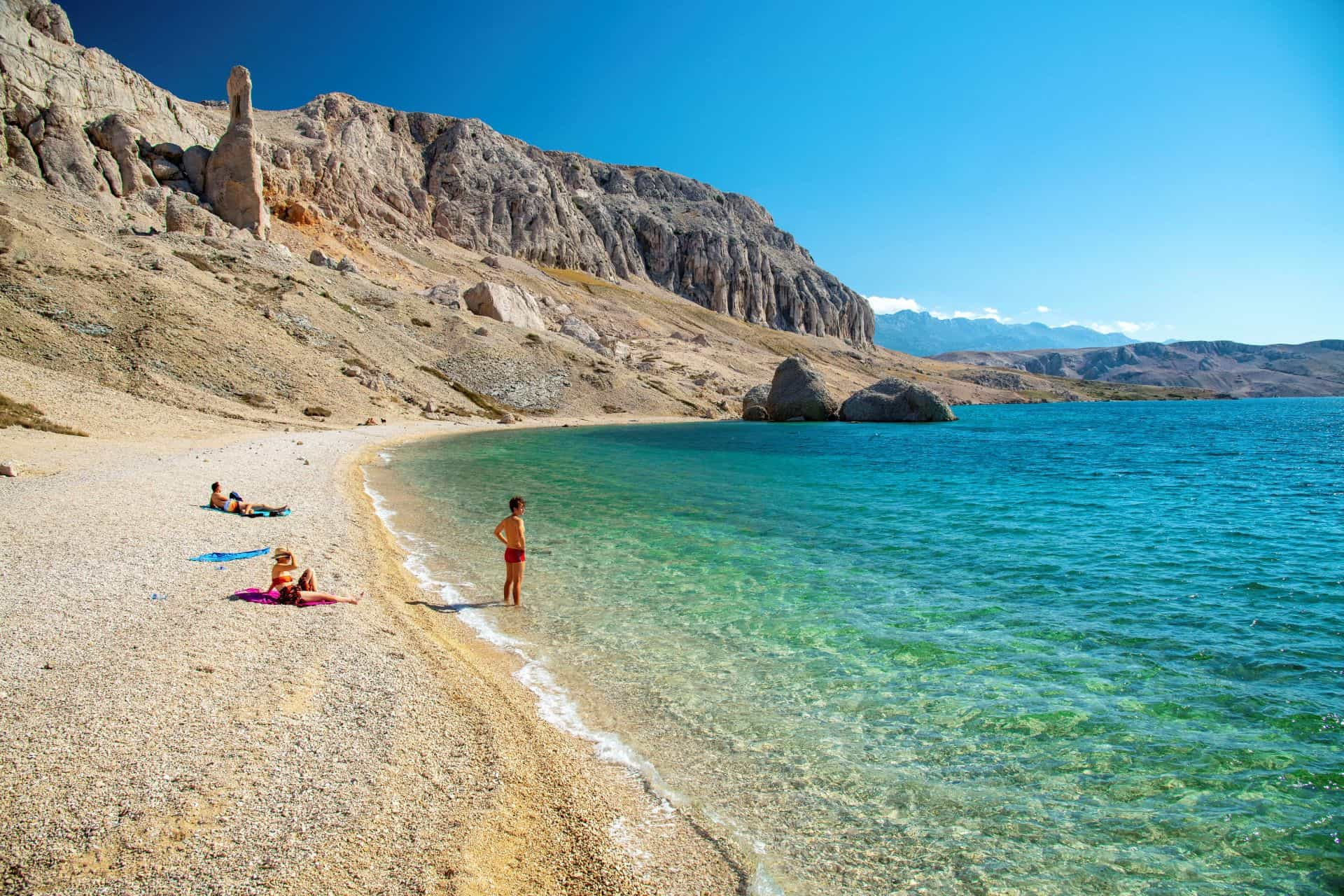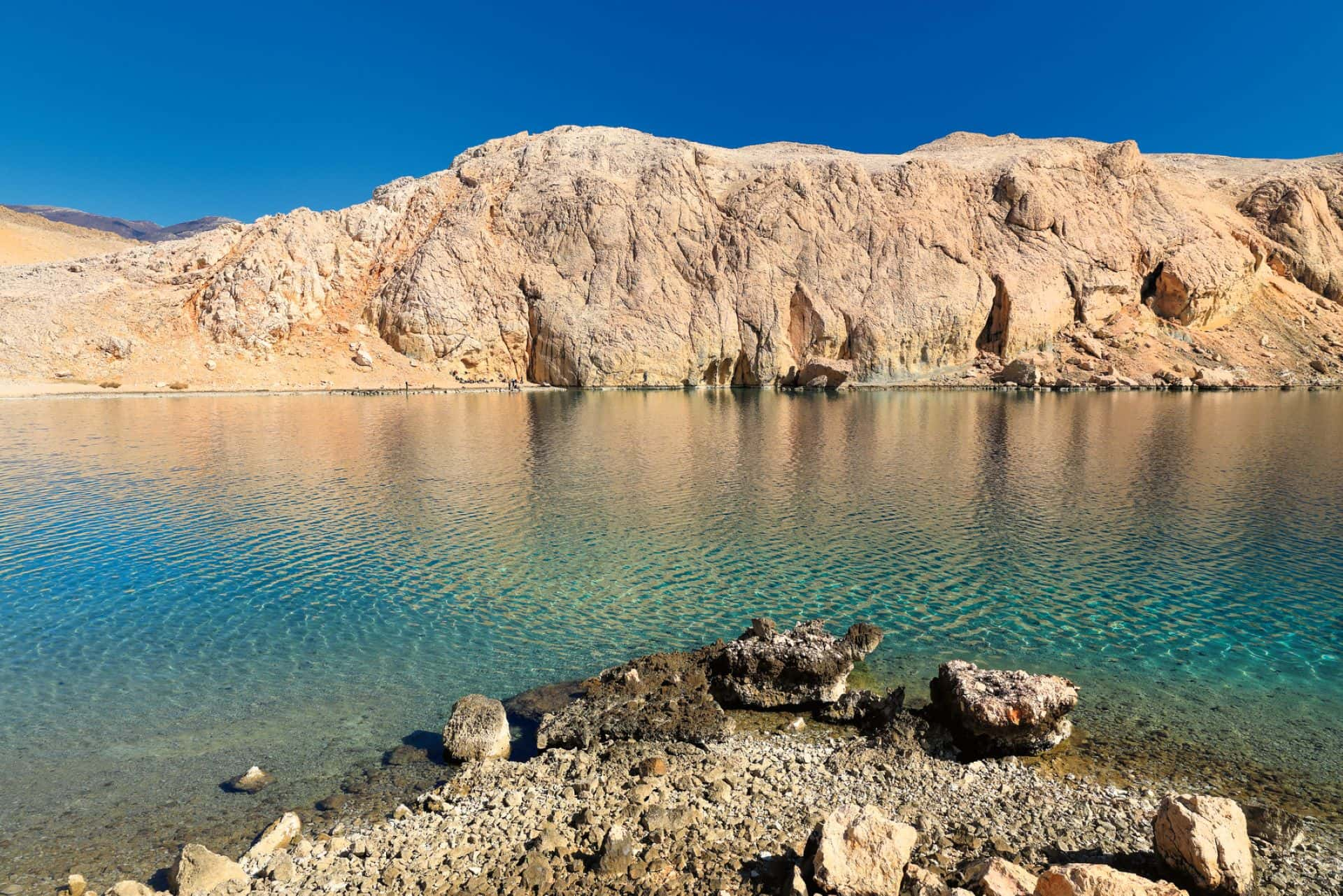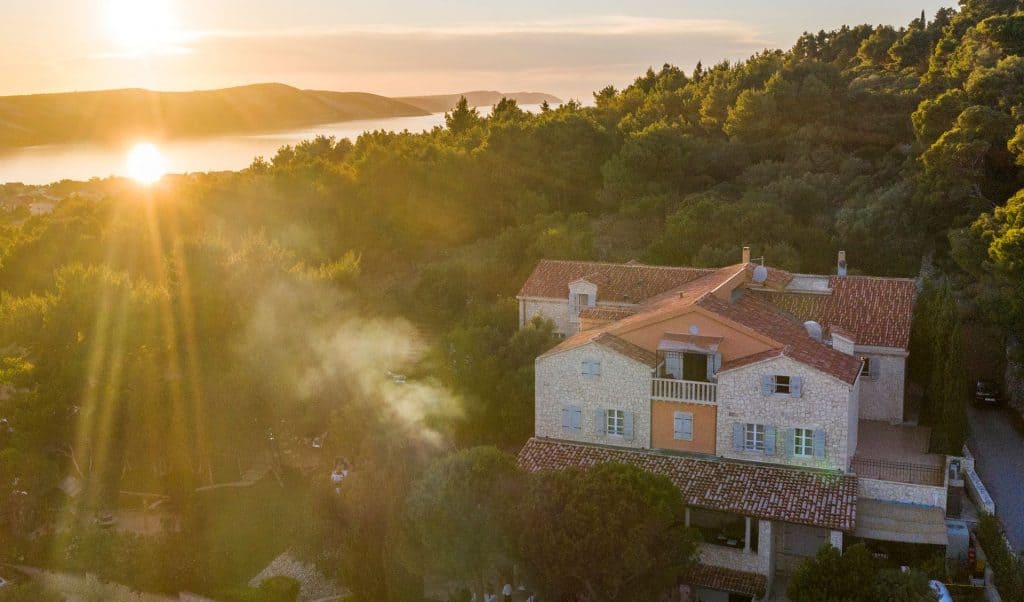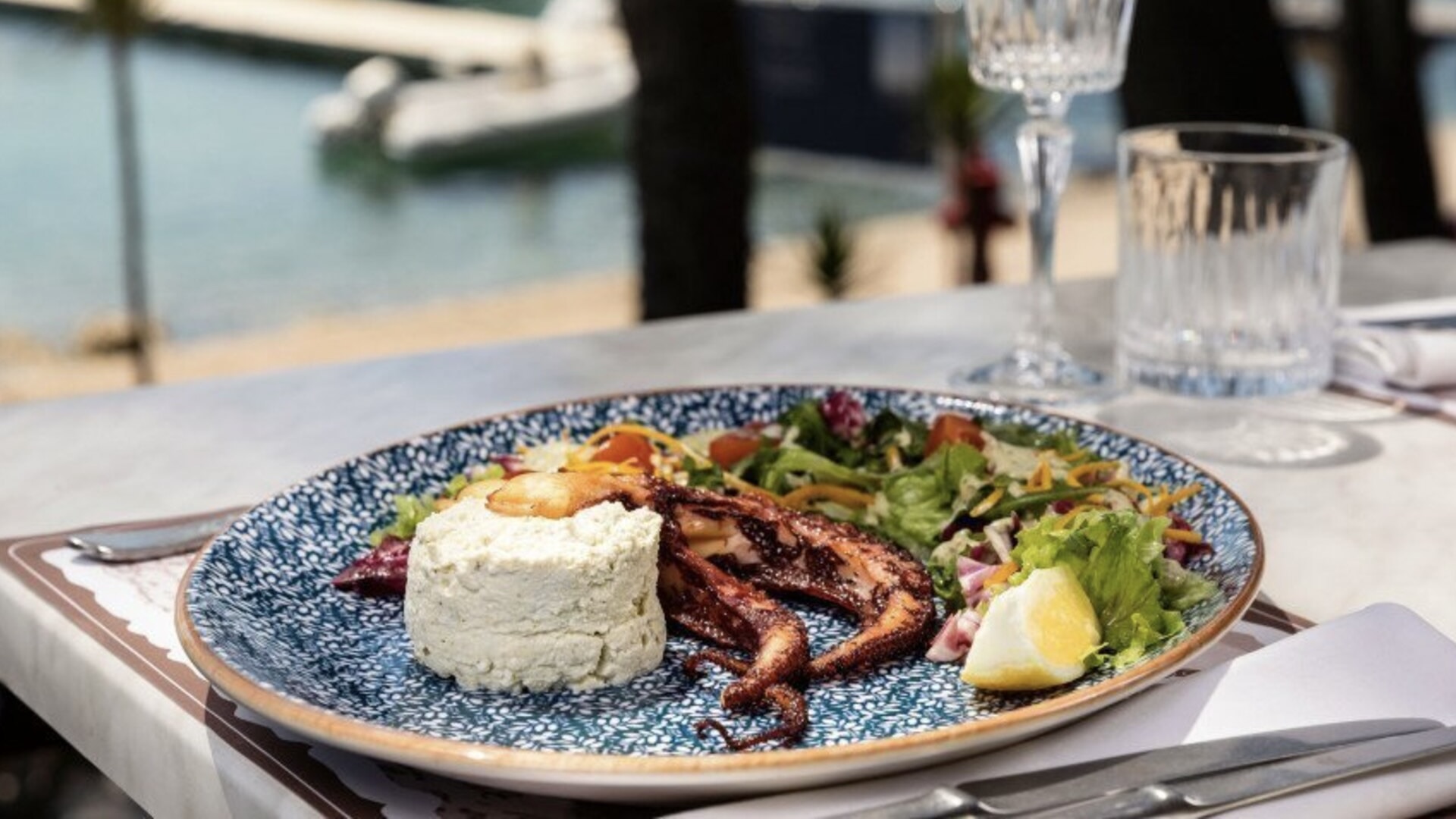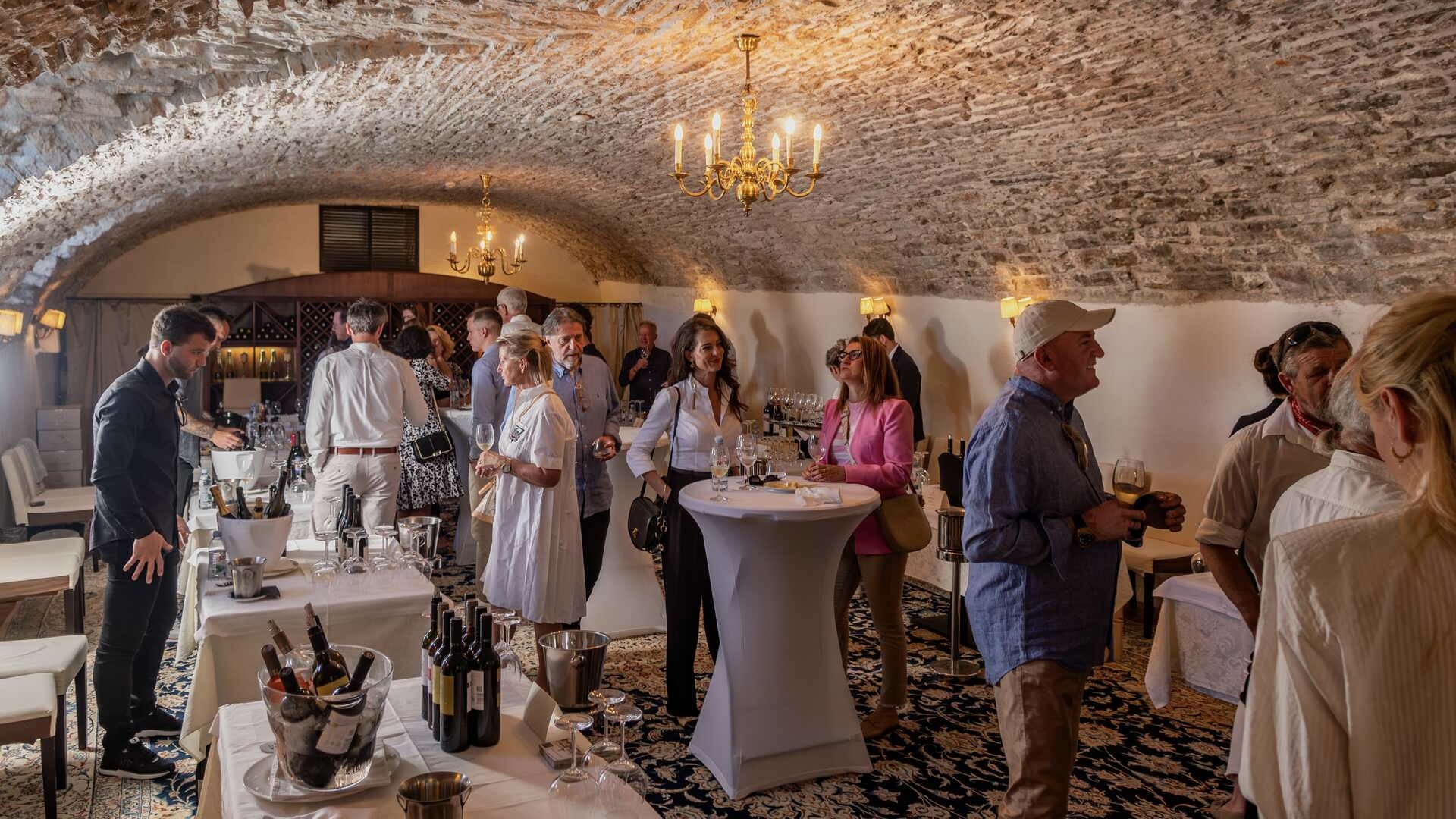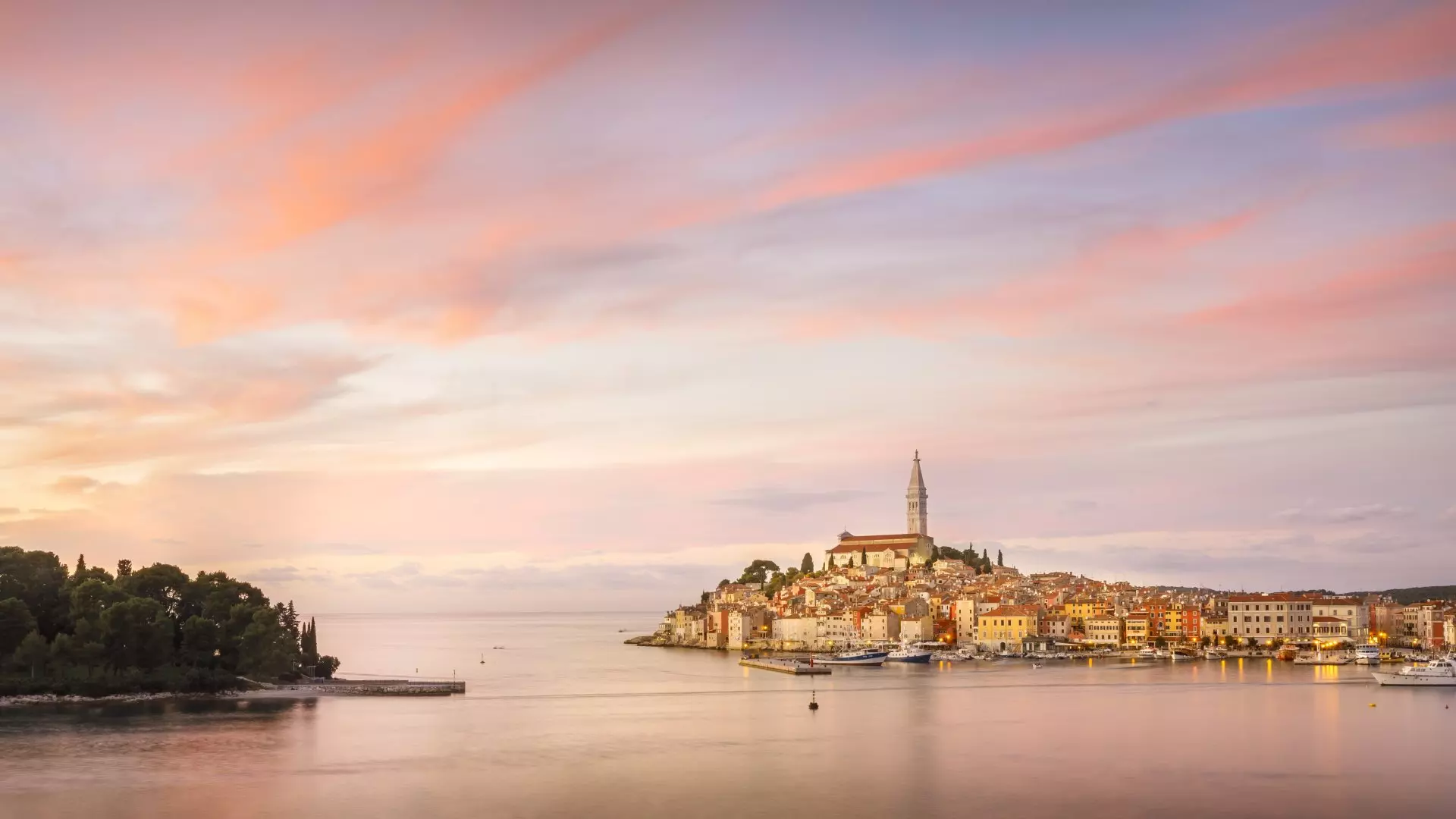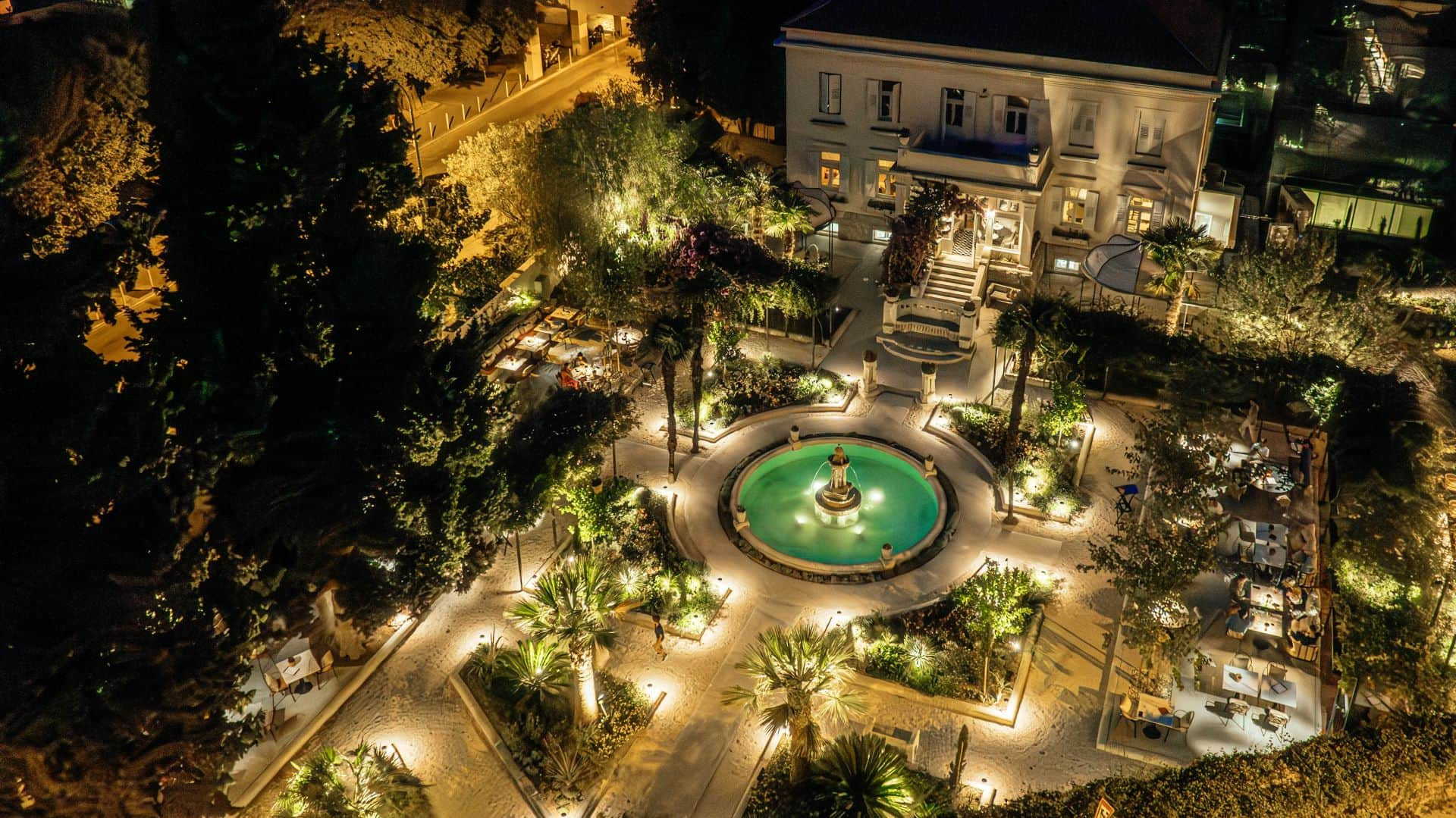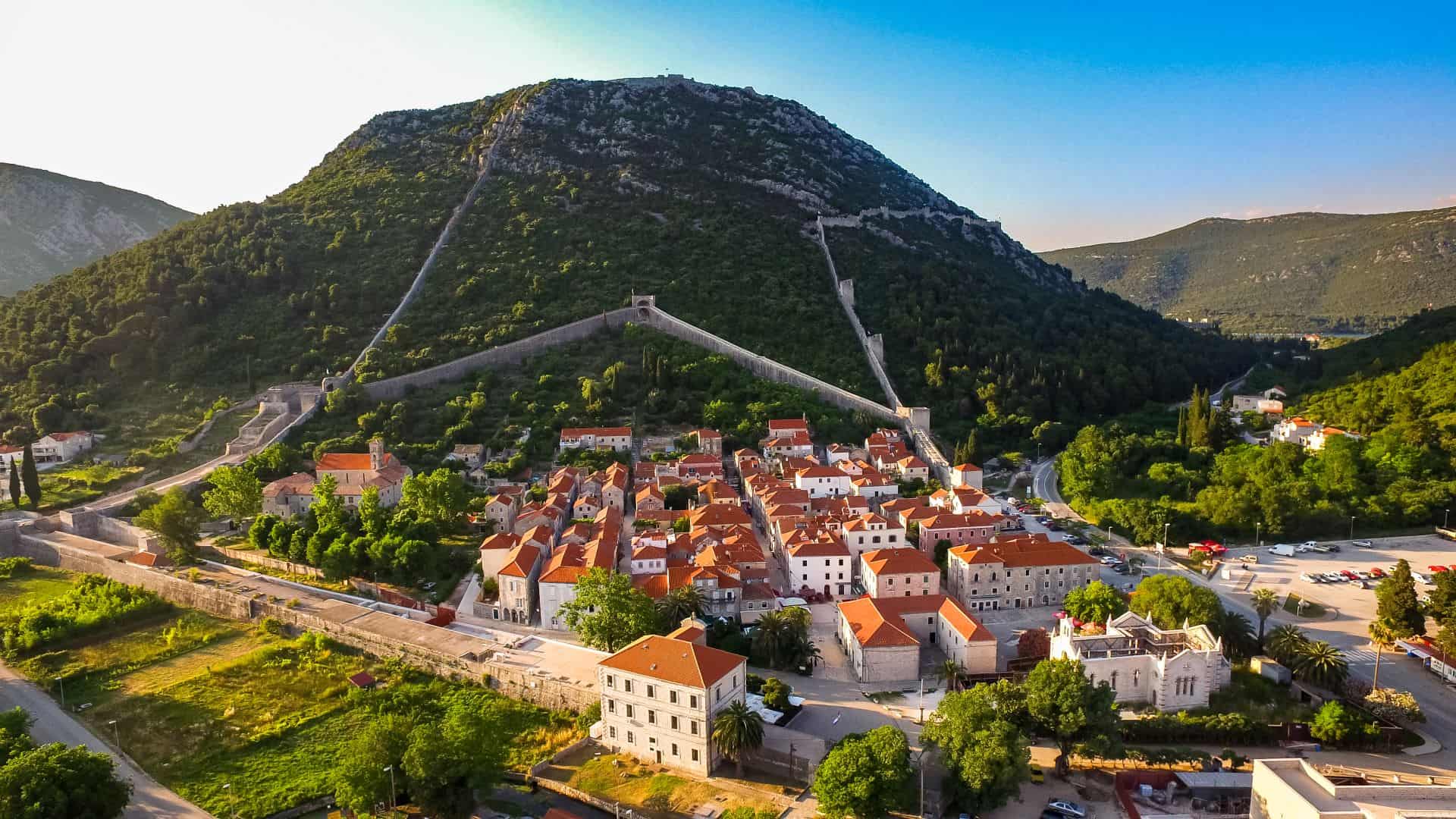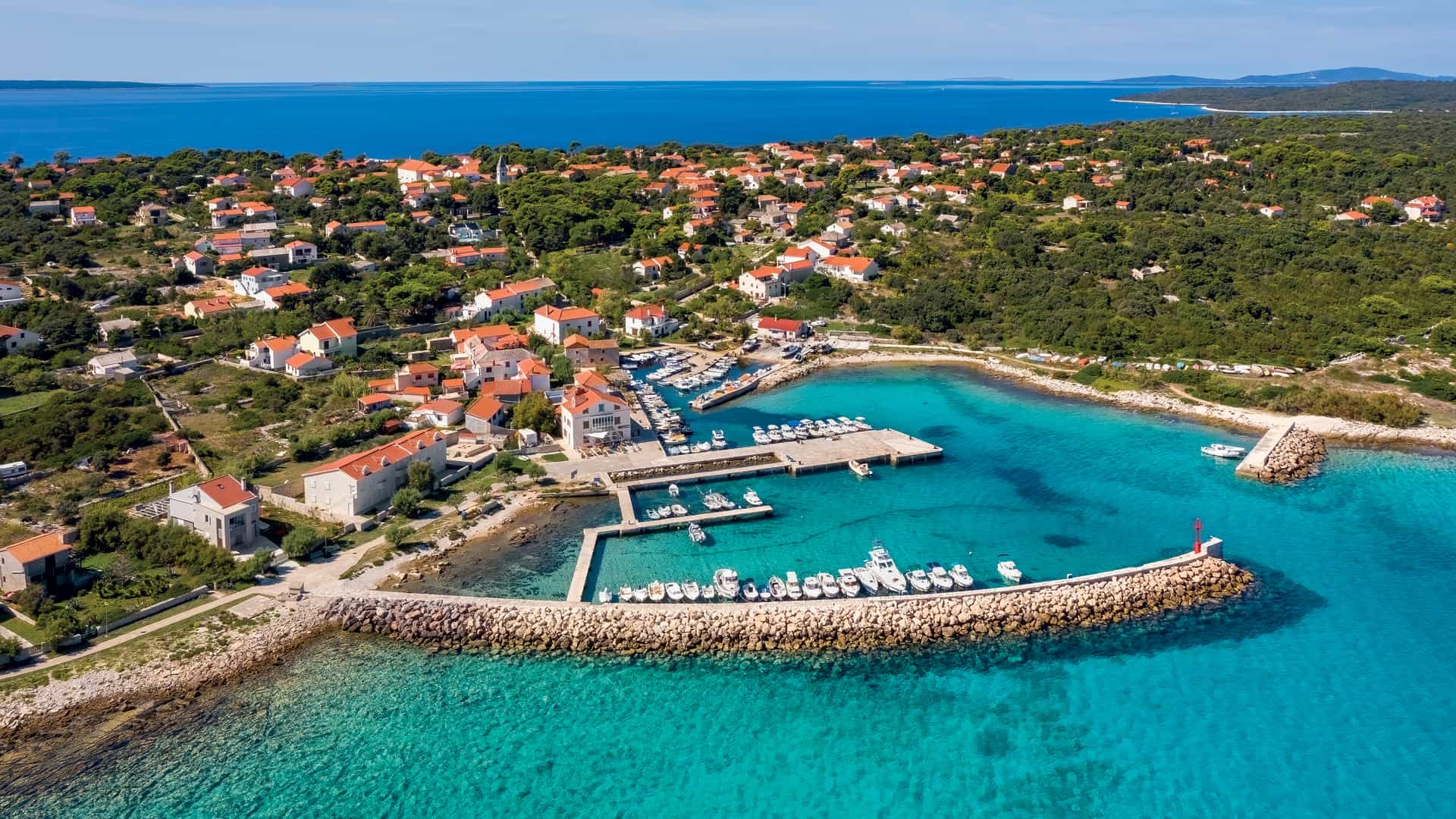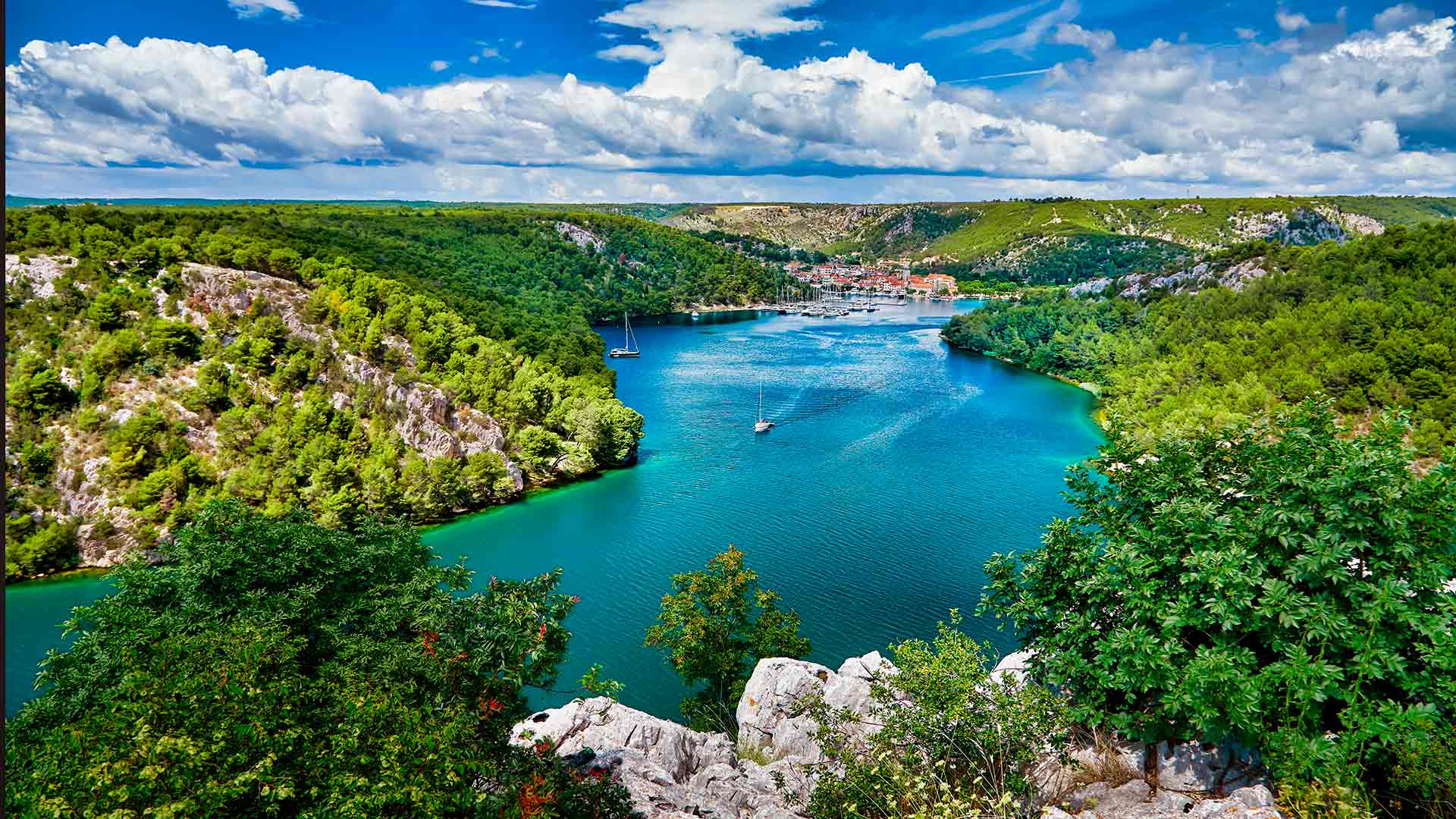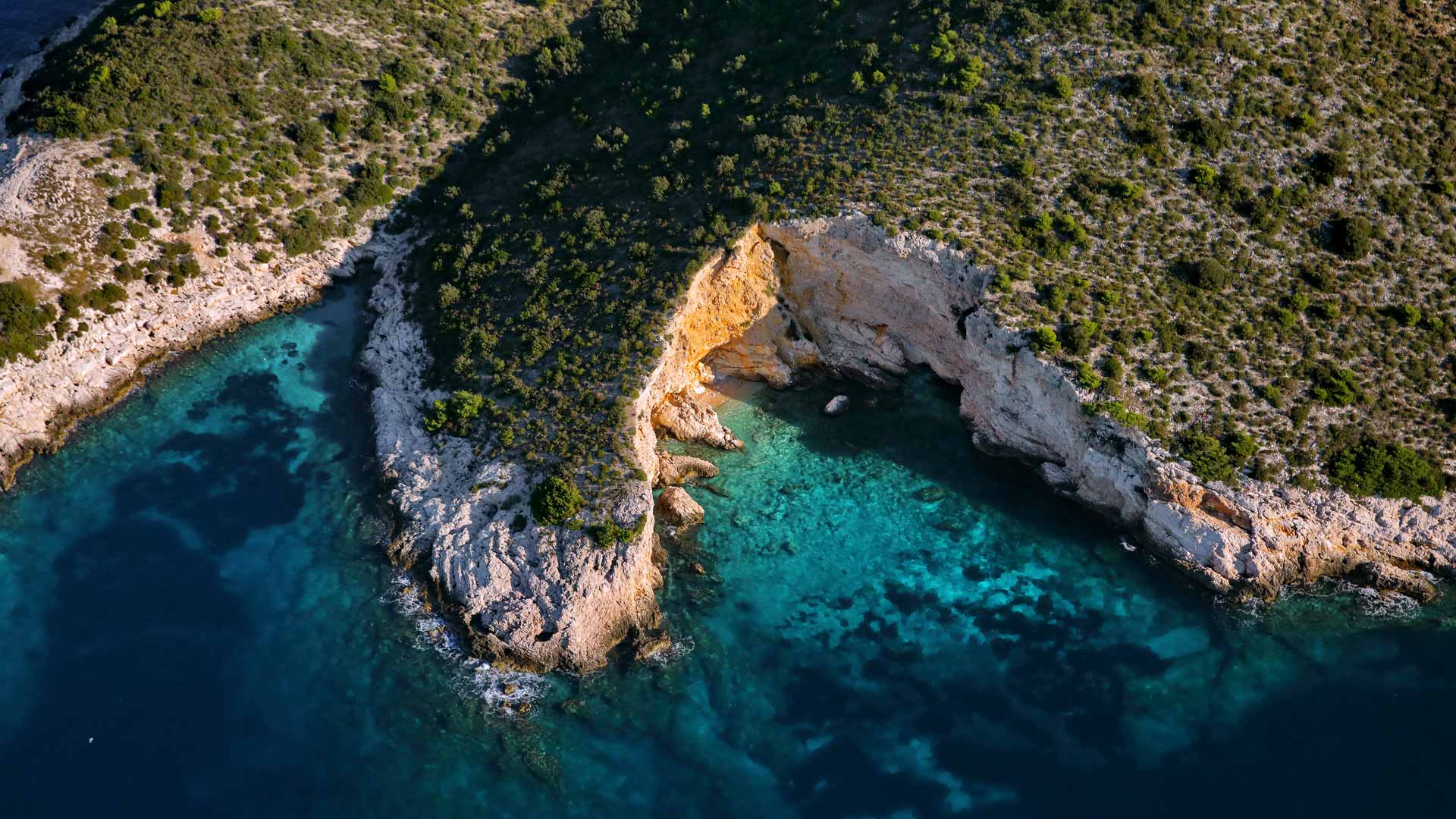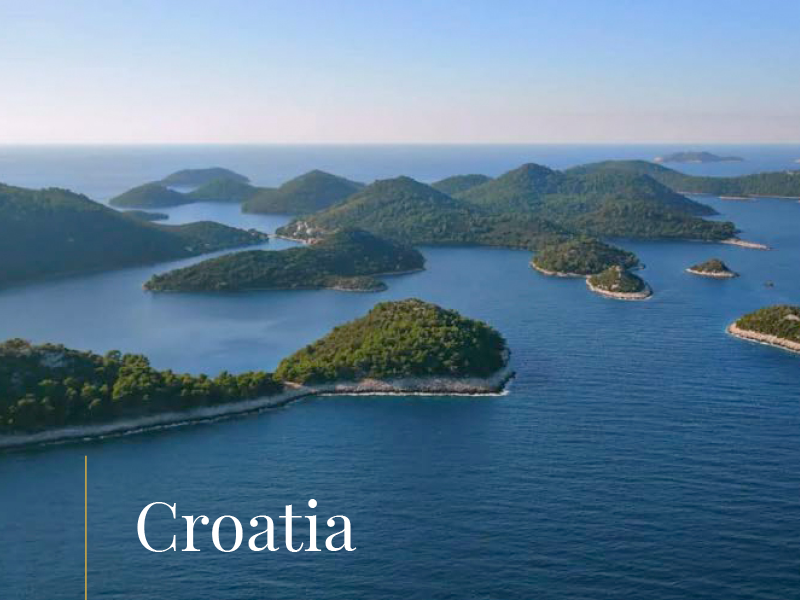As the only Adriatic island with two faces, Pag boast a rugged rocky coastline and blue sky as well as gentler, greener and tamer landscapes, allowing you to experience raw beauty and soothing wonderland at the same time
Among the more than a thousand Croatian islands, island of Pag stands out as something entirely different – rocky and raw. The bora wind and crashing waves have sculpted its eastern side, the one facing the mainland, into a landscape that resembles the surface of the Moon. And while the combination of bare stone and the endless blue of sea and sky creates a surreal scene, it can feel almost intimidating – even on a calm, sunny day.
Two faces of Pag Island
It’s rare to find parts of the Adriatic where you can sail in such solitude. But Pag isn’t only about its moonlike terrain. The island has another face. Its western side is lower, greener, and more welcoming – home to drinkable spring water flowing down from the Velebit mountain.
Pag also features three freshwater wetlands: Veliko Blato, Malo Blato, and Kolansko Blato. It’s one of the sunniest islands in the Adriatic, with over 2,500 hours of sunshine a year. And that’s no surprise – it’s a close companion of the bora. As always, nature takes something away in one place, but gives generously in another.
The Island of Pag, the fifth largest in the Adriatic with a well-indented coastline, famous for its rugged, but fascinating landscape. It is known as the Moon Island because rocks cover up to 86 percent of its surface. However, with its green oases such as downy oak forests, olive groves, vegetation suitable for bird nesting, and beautiful natural beaches, Pag has plenty more to offer.
Ancient dry stone walls
The harsh climate and unique landscape have shaped the islanders’ way of life, and one of the most impressive monuments of Pag’s history are dry stone walls – a network of stone walls that stretches for thousand kilometers. They once served as boundaries between pastures for sheep, and today they are part of the UNESCO Intangible Cultural Heritage list.
These somewhat arid pastures are home to indigenous Pag sheep that graze on aromatic herbs covered with traces of sea salt. This unique combination is responsible for the distinctive taste of cheese, cottage cheese and lamb from Pag that are considered delicacies all over the world.
The timeless olive groves of Lun
The Lun olive groves in the northern part of the island are home to wild olives, estimated to be more than a thousand years old. The downy oak and the Oriental hornbeam in the Dubrava-Hanzine reserve have also adapted to gusts of bora wind in the Velebit Channel. Pag is also home to three important wetlands: Kolansko Blato, Veliko and Malo Blato in Povljana and Segal, where mud has healing properties.
The historic town of Pag
The town of Pag, located in the center of the island, is one of the few in the world that has its own birthday. Its foundations were laid in 1443, when the entire town was moved to a new location in one of Europe’s most ambitious urban planning projects at the time. Today, the town of Pag is proud of its cultural heritage, unique folk costume, Pag cheese and salt.
The renovated Benedictine Convent of St. Margaret holds an extremely valuable exhibit of sacred art – a reliquary holding a tthe Crown of Thorns worn by Jesus. This is the only Holy Thorn in the world apart from the Holy Crown of Thorns at Paris’ Notre Dame whose authenticity was confirmed by the Vatican.
Art of Pag Lace protected by UNESCO
The centuries-old tradition of lacemaking in Pag has been inscribed on the UNESCO Representative List of the Intangible Cultural Heritage of Humanity. Pag lacemaking using white thread requires dexterity and years of training. The Pag Lace Gallery, with a rich collection of lace from different historical periods, as well as newer examples, was established to keep the tradition alive.
Salt: Pag’s white gold
Pag has an inextricable bond with salt and this history is shown at the permanent salt exhibition in the salt warehouses. Workshops in salt flats, where visitors can touch and taste salt and flower of salt, a highly sought-after spice, are an unforgettable experience for visitors.
These very small salt crystals are created under ideal conditions without precipitation, when a thin, mineral-rich layer of flaky crystals is created and harvested with a traditional hand tool. The salt flower produced at the Pag salt pans bears a protected designation of origin, which proves its authenticity and premium quality.
Traditional salt production
Salt has been produced using a combination of natural and technological processes for a long time, with the help of the sun, sea and the wind. Unrefined sea salt is still harvested in the traditional way, bearing an Eco certificate. It should be noted that Pag salt does not undergo chemical processing, which means that it remains pure and filled with minerals, like nature intended.
World-renowned Pag cheese
The island’s oldest dairy gives visitors the chance to discover how the best cheese in Croatia, but also one of the best in the world, is made. Accompanied by an expert guide, you will find out more about the tradition of Pag cheesemaking and sheep farming, as well as the intertwined history between the island and its cheese. You will also get a chance to taste it in a traditional setting.
Exploring beyond Pag town: Beaches and adventure
The town of Novalja and the surrounding towns bear witness to the interesting past of the western part of the island.
Novalja and Roman aqueduct
One of the most popular tourist attractions in Novalja is the entrance to the ancient aqueduct, which the locals call Talijanova Buža, or ‘The Italian’s Hole’. The aqueduct was built during the Roman period, and served to supply the town with water from a spring in the Novalja Plain.
Zrće beach: Top European party hotspot
The beautiful Zrće beach in Novalja should also be mentioned here. At night, the beach becomes one of Europe’s most famous party destinations, where the best electronic music DJs perform. Novalja is also a fan-favorite spot for outdoor activities. Thanks to its dedication to the development of sports and an active lifestyle, it earned the title of 2025 European Town of Sport.
Ručica and Beritnica: Pag’s stunning beaches
Metajna, in the eastern part of the island, is the location of the beautiful Ručica beach, which can be reached through a picturesque area called Kanjon (the Canyon). Beritnica, one of the island’s most beautiful beaches – which is only accessible on foot or by yacht– is located nearby.
The famous Life on Mars trekking trail is located near Metajna. Featuring four routes, this trail is intended for everyone wishing to discover the beauty of Pag’s rugged landscape. Life on Mars II is a new 10.4-kilometer route opened in 2024 connecting Žigljen and Metajna.
Climbing and hiking adventures
Experienced climbers can try the 100-meter long via ferrata connecting the Slana Bay and Cape Sušac. The ferrata is classified as demanding and is intended for seasoned climbers, with the mandatory use of additional equipment. The Stogaj Rock is a true challenge, featuring almost 70 marked routes. Known for its difficult climbs, it offers a spectacular view of the Pag Bay.
The flavors of Pag
Food enthusiasts will certainly find pleasure on this island. Pag once again offers something unique. Pag lamb is one such specialty.
The unique terroir of Pag lamb
It possesses a distinctive flavor due to the environment where the indigenous sheep live and graze. This is a karst landscape, barren rocky ground where various medicinal herbs grow, such as immortelle, sparse short grass covered with sea salt carried by winter’s bora winds. It is precisely because of this type of breeding and diet that the meat of Pag lamb has a special taste.
In addition to the famous Pag lamb, be sure to try various fish and seafood dishes, such as fish soup, Novalja brodit (fish stew), seafood salads and risotto, and grilled fish.
Michelin-starred dining at Boškinac: A taste of Pag’s finest
The island’s Boškinac restaurant, holding a Michelin star, is not to be missed. As part of a boutique hotel and winery, the restaurant combines tradition and innovation, using local ingredients – from Pag lamb and cheeses to fresh seafood and herbs from the island.
In addition to fine dining, the restaurant offers premium wines from its own winery, making it a top destination for all lovers of haute cuisine, wine and hedonism.
Baškotin: A sweet tradition
A contrast was needed to all these savory flavors. This led to the creation of baškotin, undoubtedly the oldest sweet treat, a hard, sweet twice-baked bread prepared according to a special monastic recipe. Benedictine nuns have been cultivating the production of baškotin for over 300 years. In earlier times, guests were welcomed with baškotins and white coffee.
Pag: An island of contrasts
Pag is an island of contrast – rugged, but fascinating. Its vast cultural heritage, unique landscape and premium cuisine make it an ideal destination all year round. However, given the numerous outdoor activities it offers – from cycling and hiking to climbing and kayaking – it offers an engaging experience for every visitor.
Photos Ivo Pervan, Boris Kačan, Alexander Carter Wilson, Solana Pag , TZG Paga & TZG Novalja

